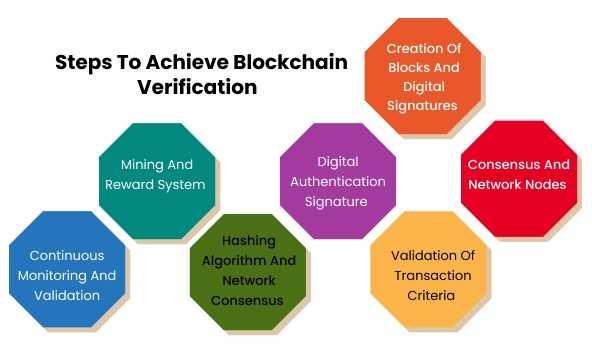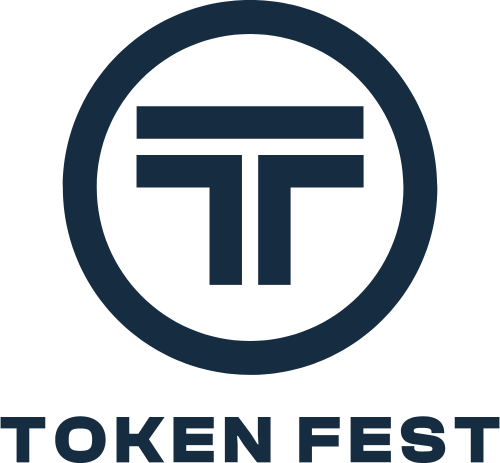Key Takeaways
- Cryptocurrency transactions are verified using decentralized consensus mechanisms like Proof of Work (PoW) and Proof of Stake (PoS).
- This verification process ensures each transaction is authentic and prevents double-spending or fraud.
- Understanding how this works is crucial to grasping the foundations of blockchain security and trust.
Introduction
In a cryptocurrency network, no centralized bank or institution ensures your transaction is valid. Instead, trust is distributed—mathematically secured by cryptography and verified through consensus mechanisms. But how does this decentralized validation actually work?
This guide breaks it down for everyday crypto users who want to understand how the backbone of the blockchain really functions.
What Happens When You Make a Crypto Transaction?
Every time you send Bitcoin, Ethereum, or any other cryptocurrency, your wallet uses a private key to digitally sign that transaction. This signature proves ownership of the assets and prevents anyone else from forging a similar transaction.
Once signed, your transaction is broadcast to the network. Nodes—computers that maintain the blockchain—receive it and begin the process of verification. If everything checks out, the transaction is added to a “block” alongside others.
Related Article: https://tokenfest.io/crypto-with-low-transaction-fees-the-comparison/
How Consensus Keeps Things Honest
To finalize and record these blocks, cryptocurrencies rely on consensus mechanisms.
Proof of Work (PoW), used by Bitcoin, requires miners to solve cryptographic puzzles. It’s energy-intensive but incredibly secure.
Proof of Stake (PoS), now powering Ethereum, allows validators to secure the network based on how much crypto they “stake” as collateral. It’s faster and more energy-efficient than PoW.
Both methods are designed to make fraud practically impossible and reward those who act honestly.
How Blocks Get Verified

Source: Solulab
Why This Matters for Retail Crypto Users
Transaction verification isn’t just technical plumbing. It’s what makes decentralized finance possible.
When you buy, sell, or stake tokens, you’re relying on a network of strangers who have no incentive to cheat because the system has been designed to reward honesty—and punish fraud. That’s powerful. That’s why so many people are opting into crypto over outdated banking rails.
To dive deeper into how crypto networks maintain trust without central authorities, check out the article on Ethereum Whales Are Making Waves: What This Means for You!
Final Thoughts
The beauty of crypto lies in its transparency and security. Verification isn’t just a backend process—it’s the beating heart of decentralization. Understanding how your transactions are validated can help you make smarter decisions and appreciate the elegant mechanics that keep blockchains secure.
Disclaimer: This article is for informational purposes only and does not constitute financial advice. Always consult a qualified advisor before making any investment or financial decision.

Mihajlo Tošić is a content writer specializing in iGaming, crypto, and Web3. He focuses on clear, direct writing that helps brands explain, sell, or promote what they do — without overcomplicating things.





